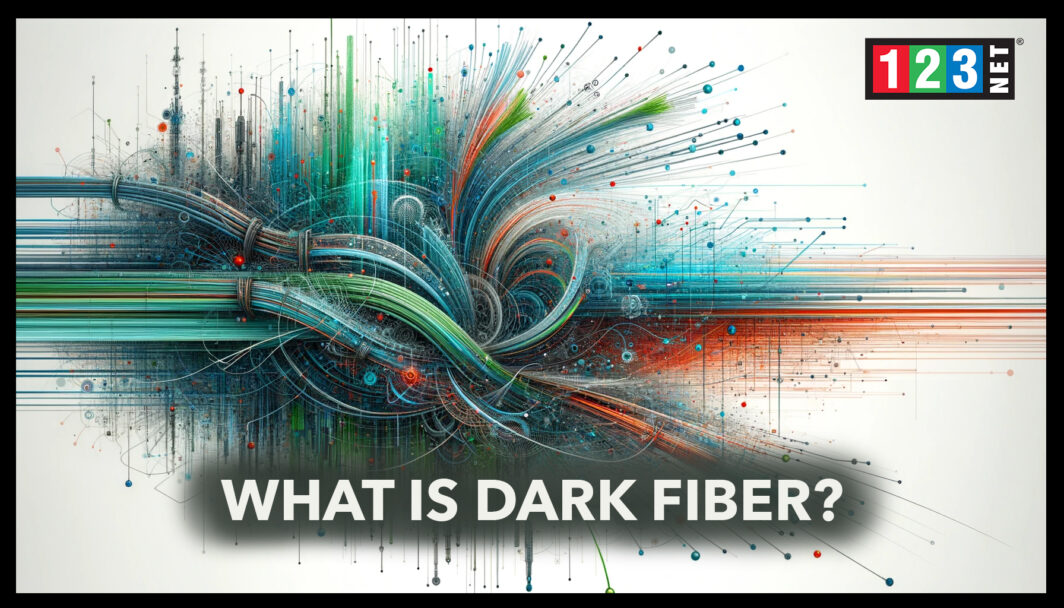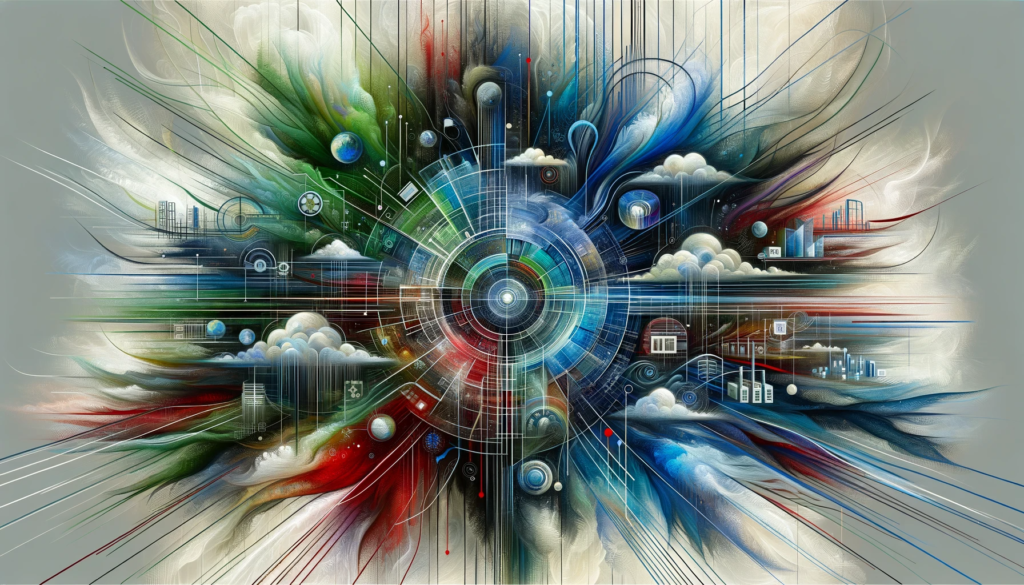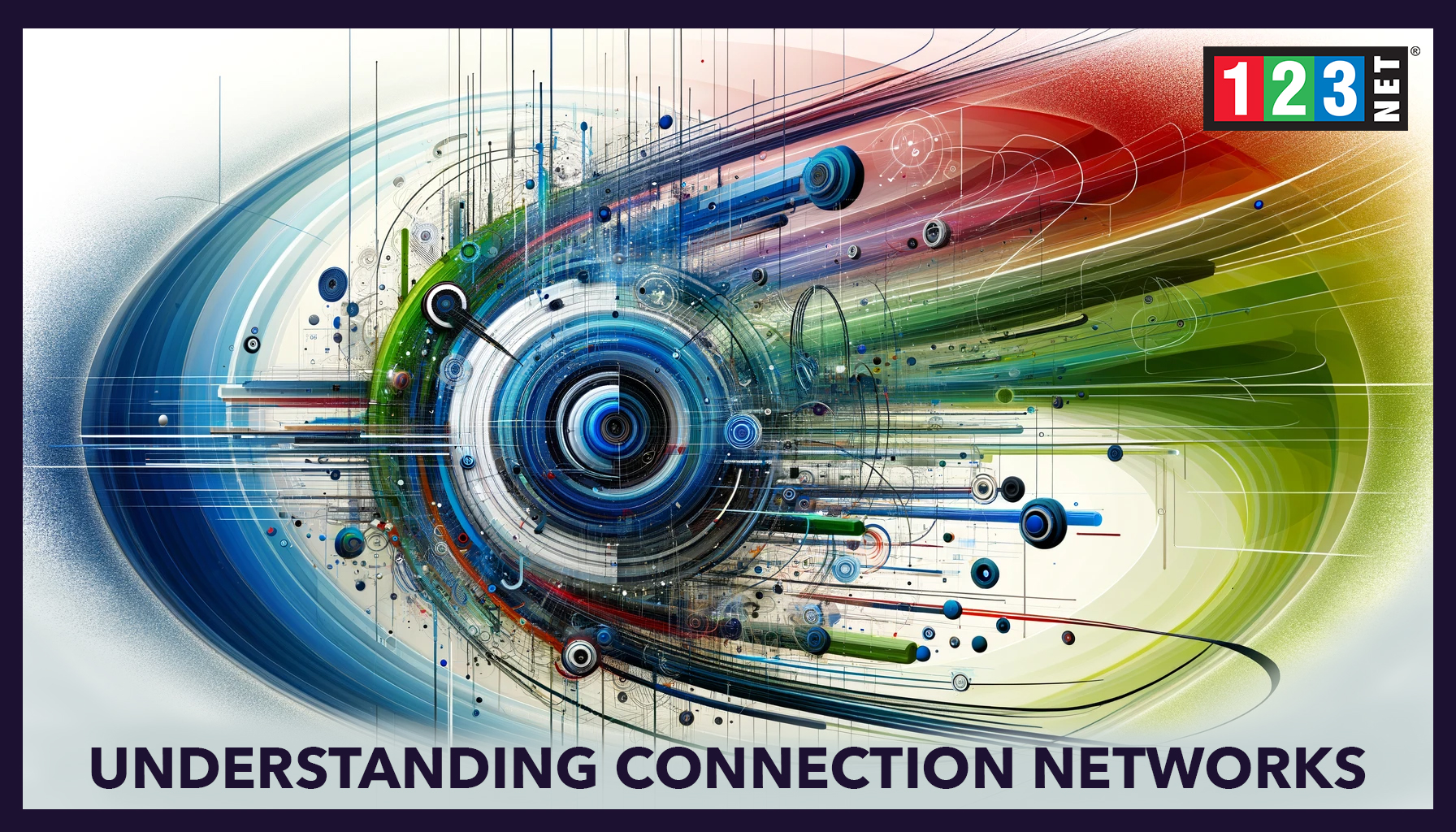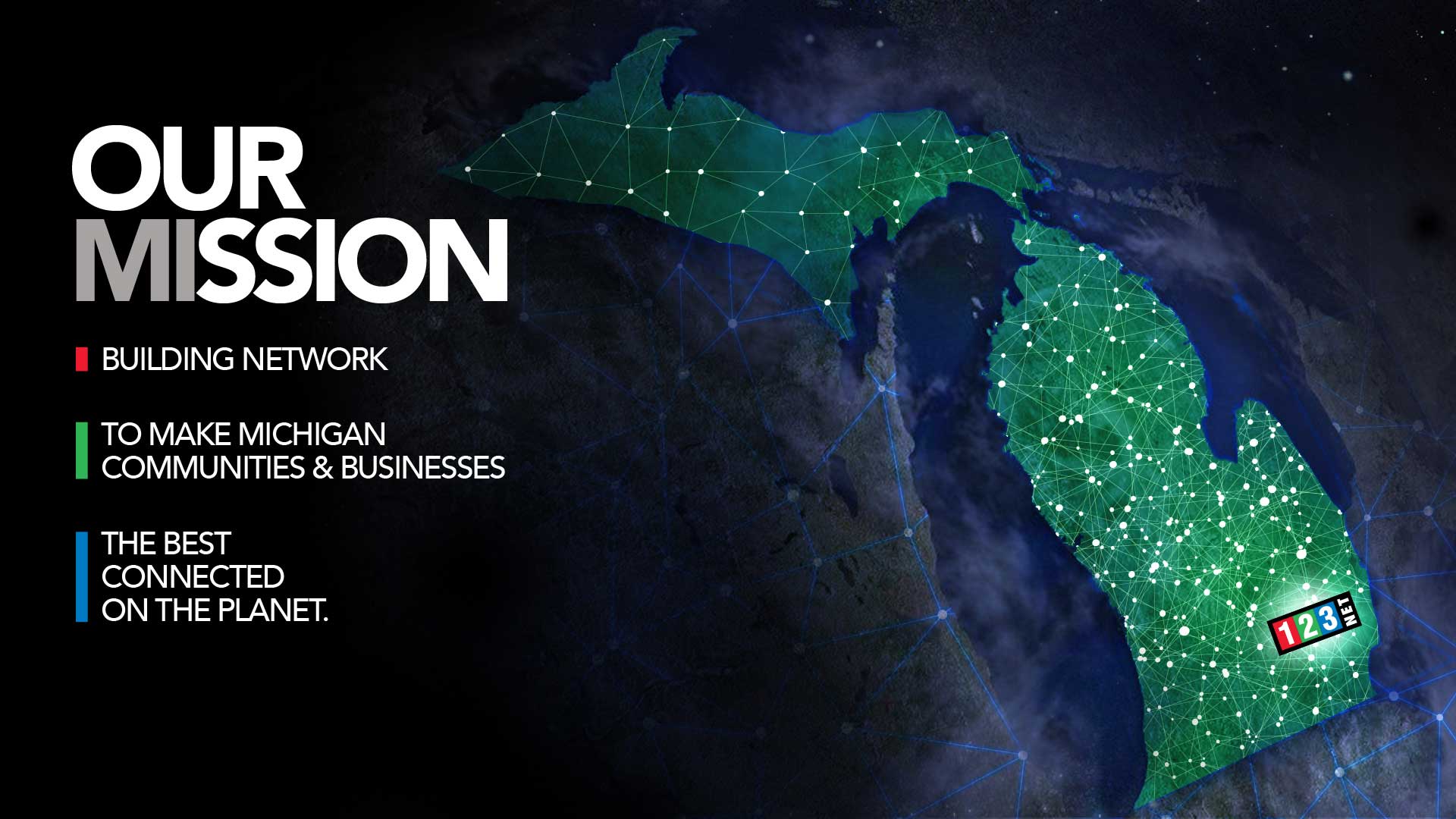
Introduction to Dark Fiber
Dark fiber, an intriguing concept in telecommunications, is essentially unused optical fiber cables that are installed underground or underwater. These ‘dark’ fibers, which are currently dormant and not engaged in data transmission, offer substantial potential for different organizations and sectors. This idea emerged during the dot-com boom of the late 1990s and early 2000s when there was a fervent push to deploy extensive networks of fiber optic cables. This rapid expansion led to a surplus of these cables, many of which remain unlit or inactive. Delving into the concept of dark fiber is vital for understanding its role and potential impact in the contemporary, data-centric landscape of telecommunications. As we advance into an era where data transfer and internet connectivity are increasingly pivotal, the strategic utilization of these dormant fiber optic resources could play a significant role in shaping the future of global communication networks.
The Technical Aspects of Dark Fiber
Dark fiber networks use a type of technology called fiber optics, which is a way of sending data using light signals. These networks involve cables made from materials like glass or plastic that are good at sending data quickly over long distances. There are two main kinds of cables in these networks: single-mode and multi-mode. Single-mode cables are designed for long-distance data transmission, as they carry light in a way that keeps the signal clear. Conversely, multi-mode cables are suitable for shorter distances and can transmit multiple light signals simultaneously.
The special thing about optical fibers in dark fiber networks is how they send data. Unlike older copper cables, these fibers use light, which lets them move more data at faster speeds. This is really useful for things like the internet and phone services that need to send a lot of information quickly. The way these fibers work means they can handle lots of data and can be adjusted to meet different needs. This makes them really useful for modern communication.
These fibers are key to dark fiber networks because they make sure data can travel long distances without losing quality. This makes them perfect for high-speed internet connections and other telecommunications needs. The ability to work over different distances and with various amounts of data makes these fibers a vital part of today’s communication networks. Understanding how these fibers work helps us see why they’re so important for keeping us connected in our fast-paced world.
The Business Aspects of Dark Fiber
Dark fiber has become an attractive option for various organizations, including internet service providers, large corporations, and educational institutions. These entities are drawn to it due to its cost-effectiveness and the level of control it offers over network infrastructure. The economic appeal of dark fiber lies in its various cost components, which encompass installation, ongoing maintenance, and leasing expenses. Despite these initial and ongoing costs, dark fiber can be a more cost-effective solution in comparison to conventional broadband services, particularly for organizations with substantial data needs.
With traditional broadband services, dark fiber stands out for its customizable network solutions and potential for scalability in the future. Unlike standard broadband offerings that often come with predefined capabilities and limits, this type allows organizations to tailor their network to specific requirements and scale up as their needs grow. This flexibility is a significant advantage, particularly for businesses and institutions that anticipate an increase in data usage or expansion in operations.
Additionally, opting for dark fiber can lead to long-term cost savings. Since organizations can manage their own networks, they can optimize their operations and reduce reliance on external service providers. This independence not only leads to potential cost reductions but also ensures that organizations are not subject to the limitations or service disruptions that can occur with traditional broadband providers.
In the context of the telecommunications industry, dark fiber emerges as a strategic asset. Its ability to provide high-speed, reliable connections that can be customized and scaled makes it highly valuable, especially in an era where data transmission and internet connectivity are critical to operational success. Organizations that leverage dark fiber effectively position themselves for greater efficiency, enhanced performance, and future growth, underlining the significant business implications of this technology.

Applications
Dark fiber finds its use in a variety of sectors, each benefiting from its unique capabilities. Internet service providers, for instance, use dark fiber to expand their network’s capacity and elevate the quality of their services. This enhancement is critical in today’s digital age where consumers demand fast and reliable internet connectivity.
Data centers are another major user of dark fiber. These facilities, central to cloud computing and data storage services, depend on high-speed data transmission to function effectively. Dark fiber offers the necessary bandwidth and speed, making it an essential component in the backbone of modern digital services.
In the corporate world, especially within large enterprises, dark fiber is valued for its ability to scale and provide secure networking solutions. It enables companies to build private networks that can be expanded as the business grows, while also offering a higher degree of security compared to public internet connections. This aspect is particularly important for companies handling sensitive data or requiring robust data protection.
Universities and colleges use it to interconnect campuses, facilitating the sharing of resources and collaboration on research projects. This high-speed connectivity is crucial for academic research, particularly in fields that require substantial data transfer, such as genomics or high-energy physics.
Government and military applications of dark fiber are significant as well. It’s used to create secure communication channels, essential for national security and defense operations. Furthermore, dark fiber adds to the resilience of infrastructure, ensuring that communication lines remain operational even in challenging scenarios.
In summary, the applications span across various fields, each leveraging its high-speed, scalable, and secure nature. From enhancing internet services to supporting critical research and ensuring national security, dark fiber plays a pivotal role in the backbone of contemporary digital infrastructure.
Advantages
Dark fiber offers a multitude of advantages that make it an attractive choice for organizations seeking robust and future-ready telecommunications solutions.
- High-Speed Data Transmission Capabilities: One of the most compelling advantages is its unparalleled high-speed data transmission capabilities. Dark fiber networks utilize advanced fiber optic technology, which allows data to travel at the speed of light through glass or plastic fibers. This results in exceptionally fast and reliable data transmission, capable of meeting the ever-increasing demands of the digital age. Whether it’s streaming high-definition videos, supporting cloud-based applications, or facilitating real-time data transfers, dark fiber excels in delivering data swiftly and efficiently.
- Scalability and Flexibility: Dark fiber provides unmatched scalability and flexibility for organizations of all sizes. Unlike traditional broadband services, which often have predefined bandwidth limits, dark fiber allows businesses to tailor their network capacity precisely to their needs. This adaptability is crucial in today’s dynamic business environment, where data requirements can fluctuate rapidly. Organizations can easily expand their network bandwidth as their operations grow, ensuring seamless communication and data handling without the need for extensive infrastructure upgrades. This flexibility empowers businesses to stay agile and responsive in a constantly evolving technological landscape.
- Security and Reliability: Security and reliability are paramount in the world of data transmission, and dark fiber excels in both aspects. These networks are inherently more secure because they are typically dedicated to a single user or organization. This isolation minimizes the risk of data breaches, cyberattacks, and unauthorized access. Additionally, the absence of active equipment along the dark fiber route reduces the points of vulnerability. Organizations can have greater confidence in the privacy and integrity of their data when utilizing dark fiber.
Overall Advantage
Moreover, dark fiber networks are renowned for their reliability. With dedicated infrastructure and minimal points of failure, disruptions in service are rare. This reliability is critical for businesses that rely on uninterrupted connectivity to serve their customers, maintain operations, and support mission-critical applications.
In summary, the advantages, including its high-speed data transmission capabilities, scalability, flexibility, security, and reliability, position it as a powerful and future-proof solution for organizations seeking to harness the full potential of modern telecommunications technology.

Challenges & Limitations
While dark fiber networks offer numerous advantages, they also come with their own set of challenges and limitations. One of the primary concerns is the cost associated with the initial setup and ongoing maintenance of these networks. Establishing a dark fiber network requires a substantial financial investment upfront. This includes not only the cost of the fiber cables themselves but also the expenses related to the installation process.
Moreover, there are geographical and physical challenges to consider. In certain areas, laying fiber optic cables can be a complex and daunting task. Difficult terrain, urban density, or environmental concerns can complicate the installation process. These factors add both the complexity and cost of deployment. This can limit the feasibility of these networks in some regions, potentially reducing their accessibility and effectiveness.
The fast pace of change in technology is a big challenge in the telecommunications field. This industry is always growing and changing, with new and better technologies coming out all the time. Because of this, existing unused fiber optic networks might quickly become outdated or need big updates to keep up. Organizations using these networks need to be ready to spend more money to update their networks as technology advances.
In summary, while these unused fiber networks have many benefits, they also come with their own set of problems. The costs of setting them up and keeping them running, along with the challenges caused by location and new technologies, can make using these networks complicated. Organizations thinking about using these fiber networks need to think about these issues and decide if the benefits outweigh the challenges for their needs.
Future of Dark Fiber
The outlook is optimistic, shaped by evolving trends in fiber optics technology that broaden its possible uses. The surge in demand for high-speed internet, coupled with the rollout of 5G networks, is set to heighten interest in dark fiber. As the world becomes increasingly connected and data-driven, the need for rapid, reliable internet connectivity becomes more pronounced. This is where dark fiber, with its high-speed capabilities, steps in as a crucial component.
The increasing focus on data security and the need for more control over network infrastructures make dark fiber a desirable choice for many organizations. In an era rife with data breaches and cybersecurity threats, having a private, secure network is invaluable. Dark fiber provides this security, appealing especially to sectors dealing with sensitive information.
Overall, these trends suggest a bright future for dark fiber. Its ability to meet the growing demands for speed, security, and control in network communications ensures its relevance and increasing adoption in various industries. As technological advancements continue to unfold, dark fiber is likely to remain an integral part of the telecommunications landscape.

FAQs Section
- What is Dark Fiber? Dark fiber is optical fiber infrastructure installed but not in use for data transmission.
- How does Dark Fiber differ from Lit Fiber? Lit fiber is in active use for data transmission and comes equipped with the necessary hardware. In contrast, dark fiber remains dormant, without active equipment, until someone leases or utilizes it.
- Who uses it? Internet service providers, large businesses, educational institutions, data centers, and government agencies commonly use dark fiber for high-speed connectivity.
- Is Dark Fiber environmentally friendly? Dark fiber itself is environmentally neutral. However, its use can minimize the need for new cable installations, indirectly benefiting the environment by reducing disruptions.
- What are the main challenges? The primary challenges include significant initial setup costs, geographical installation constraints, and the need for updates in line with technological advancements.




